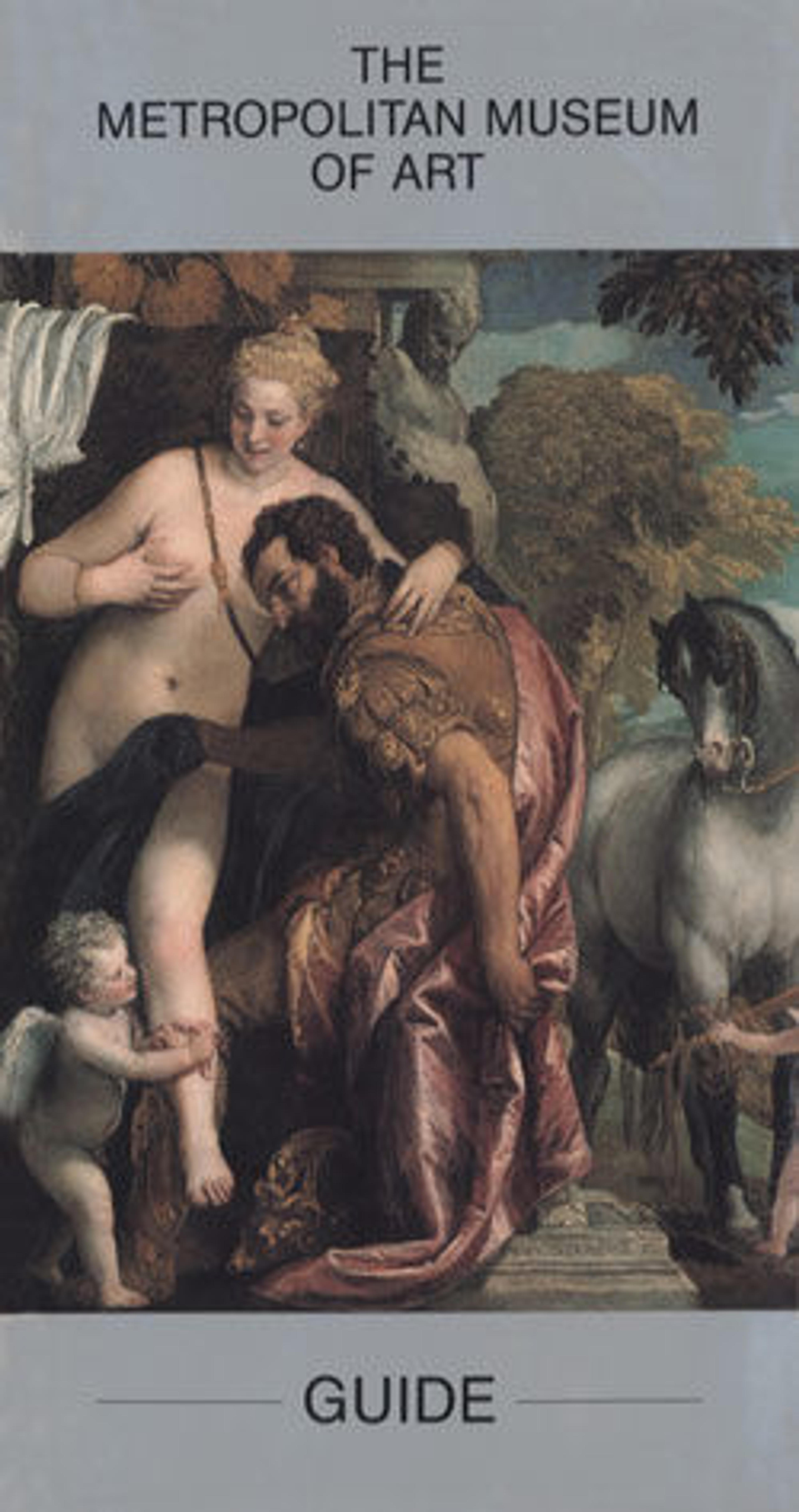Armlet
Pre-Islamic forms can be seen in bracelets such as this one, indicating traditionalism in the production of jewelry. At the back of each of the four hemispheres around the clasp there is a flat disk of gold decorated by pouncing it over a coin; the four stones originally on the front are now missing. The twisted decoration probably derives from Greek bracelets; Byzantine jewelry often incorporated coins.
Artwork Details
- Title:Armlet
- Date:first half 11th century
- Geography:Found Iran, Gurgan
- Medium:Gold; filigree and granulation
- Dimensions:H. of clasp: 2 1/2 in. (6.4 cm)
Max. Diam: 4 1/8 in. (10.5 cm) - Classification:Jewelry
- Credit Line:Harris Brisbane Dick Fund, 1957
- Object Number:57.88a–c
- Curatorial Department: Islamic Art
More Artwork
Research Resources
The Met provides unparalleled resources for research and welcomes an international community of students and scholars. The Met's Open Access API is where creators and researchers can connect to the The Met collection. Open Access data and public domain images are available for unrestricted commercial and noncommercial use without permission or fee.
To request images under copyright and other restrictions, please use this Image Request form.
Feedback
We continue to research and examine historical and cultural context for objects in The Met collection. If you have comments or questions about this object record, please contact us using the form below. The Museum looks forward to receiving your comments.
